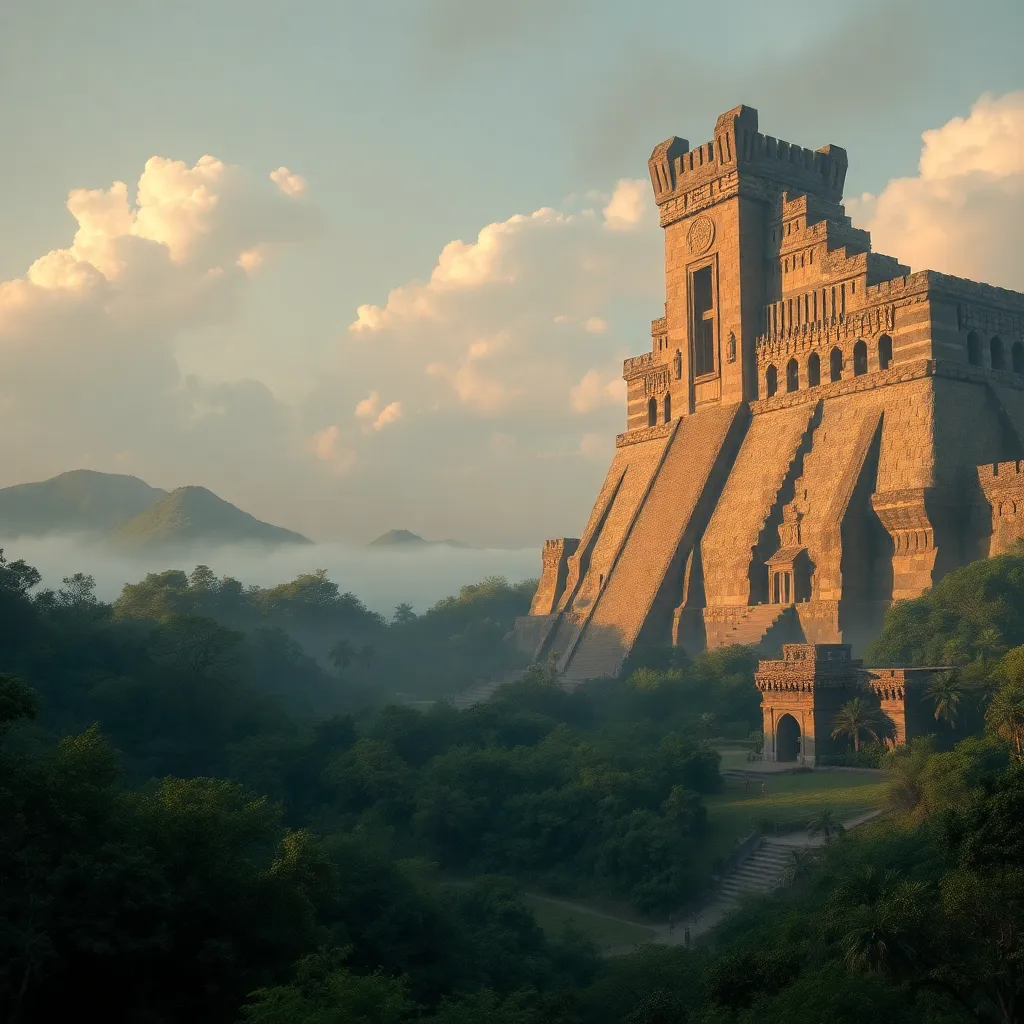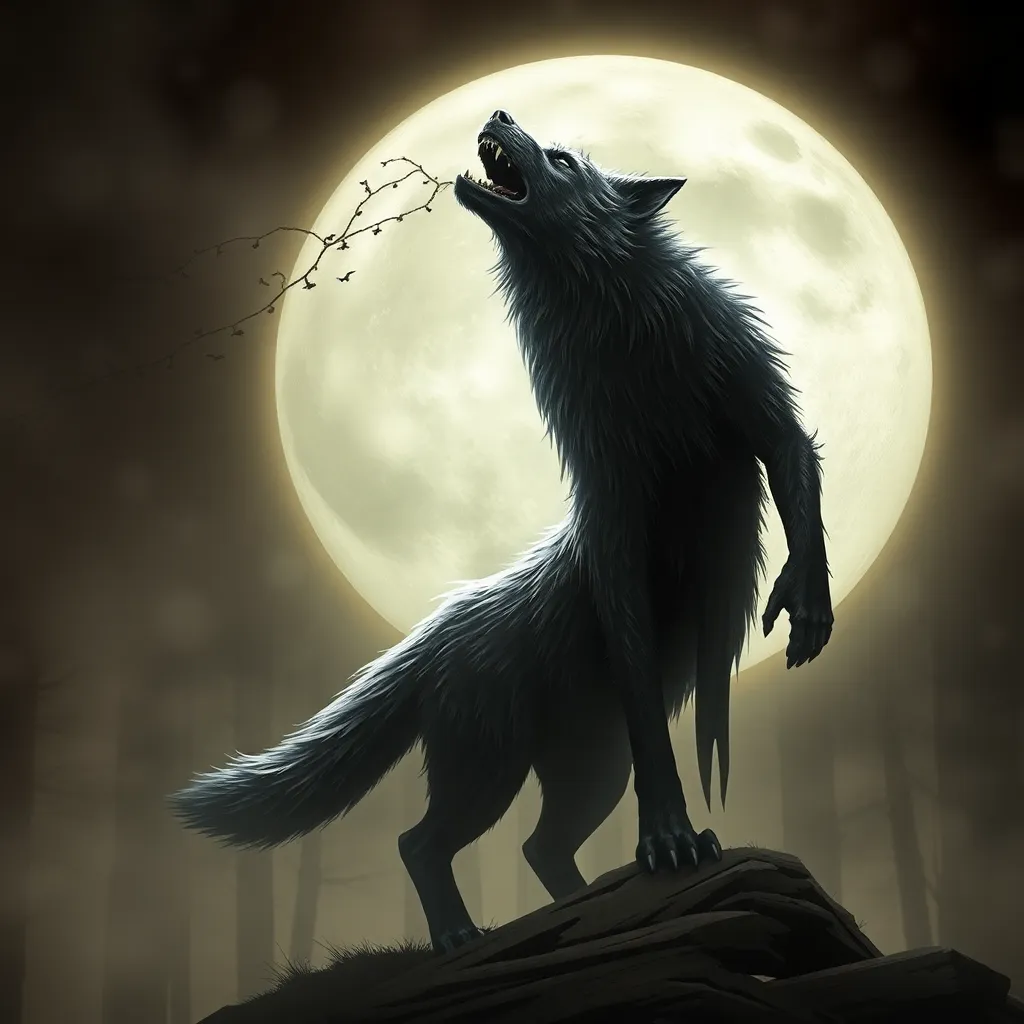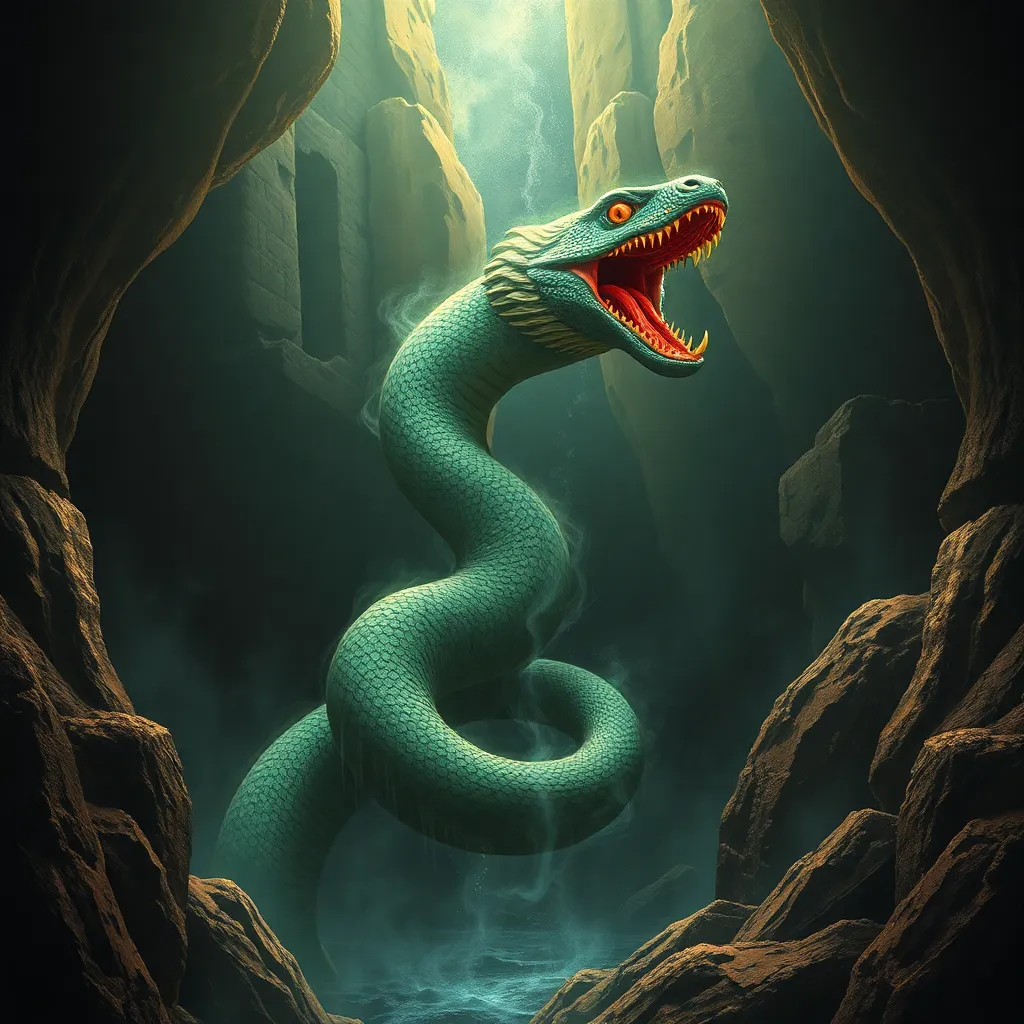The Ahuizotl: A Glimpse into the Aztec Worldview of Nature and the Supernatural
I. Introduction
The Ahuizotl is a fascinating and enigmatic creature from Aztec mythology, often depicted as a fearsome water spirit. This mythical being embodies the complex relationship between nature and the supernatural, reflecting the Aztec worldview that intricately weaves together the natural world with the spiritual. Understanding the Ahuizotl offers a unique insight into how the Aztecs perceived their environment, the threats it posed, and the divine forces that governed it.
In this article, we will explore the Ahuizotl’s significance in Aztec mythology, its characteristics, symbolism, and the broader implications of its existence in terms of nature and the supernatural. We will delve into the historical context of the myth, its representation in art and literature, and its connections with other cultures’ mythical creatures.
II. The Ahuizotl in Aztec Mythology
A. Description and characteristics of the Ahuizotl
The Ahuizotl is often described as a creature resembling a dog or otter, with a long, flexible body, a pronounced snout, and a distinctive hand at the end of its tail. This hand is said to be used to pull unsuspecting victims into the water. Its fur is typically depicted as dark and wet, blending seamlessly with its aquatic surroundings.
B. Origins of the myth and historical context
The origins of the Ahuizotl myth can be traced back to pre-Columbian Mesoamerican cultures, particularly the Aztecs. The creature was believed to inhabit lakes and rivers, where it would lure fishermen and travelers to their demise. Historical accounts from Spanish colonizers document local beliefs surrounding the Ahuizotl and its role in Aztec society, emphasizing the fear and respect held for this supernatural being.
C. Role of the Ahuizotl in Aztec folklore
In Aztec folklore, the Ahuizotl served as both a cautionary figure and a protector of aquatic environments. Stories often depicted encounters with the creature as tests of bravery and wisdom, teaching important lessons about the dangers of nature and the consequences of disrespecting it. The Ahuizotl’s presence in folklore highlights the Aztecs’ deep understanding of their environment and the spiritual entities that inhabited it.
III. Symbolism of the Ahuizotl
A. Representation of natural elements (water, animals)
The Ahuizotl is emblematic of water and its dual nature. Water is a source of life and sustenance, but it can also be treacherous and unforgiving. The creature embodies this dichotomy, acting as a reminder of the power and unpredictability of natural elements.
B. Connection to the cycle of life and death
In Aztec belief, the Ahuizotl represents the cycle of life and death, as its actions can lead to both the nurturing of life through water and the taking of life through its predatory nature. This interconnectedness reflects a broader theme in Aztec mythology, where life and death are seen as inextricably linked.
C. The Ahuizotl as a symbol of danger and the unknown
The Ahuizotl serves as a potent symbol of the dangers lurking in the unknown, particularly in the context of water. It embodies the fears of the Aztecs regarding the unpredictable nature of their environment, reinforcing the need for respect and caution when engaging with the natural world.
IV. The Ahuizotl and Aztec Views of Nature
A. The significance of water in Aztec culture
Water held immense significance in Aztec culture, symbolizing life, fertility, and the sustenance of their agricultural practices. The Ahuizotl, as a guardian of aquatic realms, reflects the reverence the Aztecs had for water and its vital role in their society.
B. The Ahuizotl as a guardian of aquatic environments
In many stories, the Ahuizotl is depicted as a protector of lakes and rivers, ensuring that those who respect the natural order are safe, while punishing those who do not. This guardianship underscores the importance of balance in nature and the need for humans to coexist harmoniously with their surroundings.
C. The duality of nature: nurturing vs. threatening aspects
The Ahuizotl embodies the duality of nature, representing both its nurturing and threatening aspects. While water is essential for survival, it can also be a source of danger. This duality reflects the broader perspective of the Aztecs, who understood that nature could be both a provider and a destroyer.
V. The Supernatural in Aztec Beliefs
A. Overview of the Aztec pantheon and spiritual beliefs
The Aztec pantheon consisted of numerous gods and goddesses, each representing various aspects of life, nature, and the cosmos. The Ahuizotl, as a mythical creature, fits within this rich tapestry of spiritual beliefs that emphasize the interconnectedness of all things.
B. The role of mythical creatures like the Ahuizotl in understanding the supernatural
Mythical creatures such as the Ahuizotl helped the Aztecs explain and navigate the complexities of the supernatural world. These beings served as intermediaries between humans and the gods, providing insight into the spiritual forces that influenced their daily lives.
C. Interactions between humans and the supernatural in Aztec society
Interactions with the supernatural were a significant aspect of Aztec society, influencing rituals, sacrifices, and daily practices. The Ahuizotl, in its role as a guardian and a threat, exemplifies the delicate balance between reverence for nature and the fear of its dangers.
VI. The Ahuizotl in Art and Literature
A. Representation of the Ahuizotl in Aztec art
The Ahuizotl has been depicted in various forms of Aztec art, often illustrated in codices alongside other mythical creatures. These representations highlight the creature’s importance in the cultural narrative and its symbolic significance.
B. Literary references and interpretations in historical texts
Historical texts from the colonial period provide insight into the Ahuizotl’s role in Aztec mythology, often interpreting its characteristics and stories within the framework of European understanding. Such accounts illustrate the cultural exchange and transformation of indigenous myths.
C. Modern adaptations and cultural significance
In contemporary culture, the Ahuizotl continues to inspire artists, writers, and filmmakers. Its legacy endures as a symbol of the rich mythology of the Aztecs, reminding us of the deep connections between humanity, nature, and the supernatural.
VII. Comparative Analysis with Other Mythical Creatures
A. Similarities between the Ahuizotl and other mythological beings
Similar to other mythological beings around the world, the Ahuizotl embodies the characteristics of a guardian and a trickster. Myths from various cultures feature aquatic creatures that encapsulate the duality of nature, showcasing the universal themes present in human storytelling.
B. Cross-cultural connections to water spirits in different traditions
- In European folklore, water spirits like the “Nixie” or “Naiad” share similarities with the Ahuizotl, often being portrayed as beautiful yet dangerous beings.
- In African mythology, creatures such as the “Mami Wata” represent the allure and peril of water, paralleling the Ahuizotl’s characteristics.
C. The universal themes of nature and the supernatural
The themes of nature’s duality and the supernatural’s influence are prevalent across cultures, as seen in the Ahuizotl and its counterparts worldwide. These narratives serve as reflections of humanity’s relationship with the environment and the mysteries that lie beyond understanding.
VIII. Conclusion
The Ahuizotl holds a significant place in the Aztec worldview, representing the intricate connection between nature and the supernatural. Through its characteristics and stories, we gain insight into the Aztecs’ understanding of their environment, the dangers it posed, and the spiritual forces that governed it. This enduring legacy of Aztec mythology continues to resonate today, illustrating the timeless relationship between humanity, nature, and the spiritual realm.
As we reflect on the Ahuizotl’s significance, we recognize that cultural narratives often serve to bridge the gap between the known and the unknown, guiding us in our understanding of the world around us.



